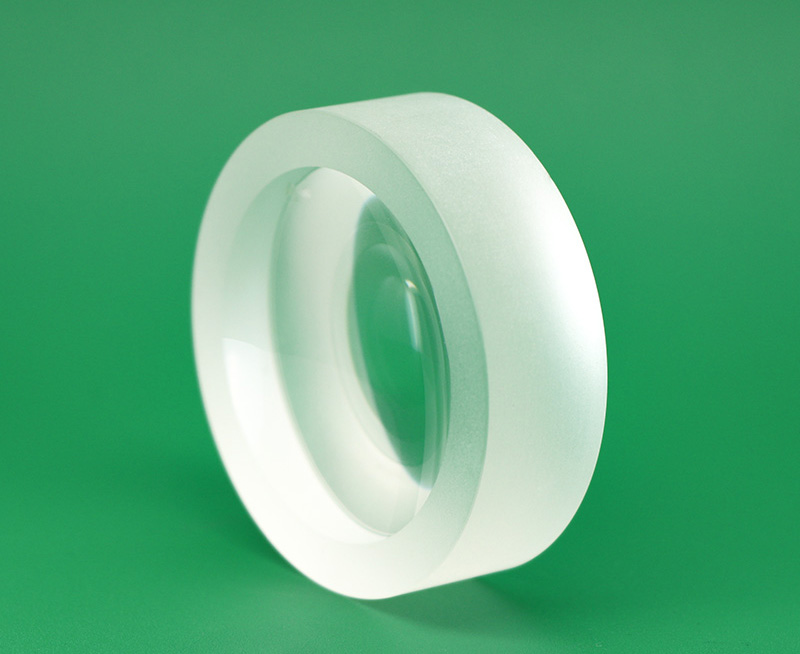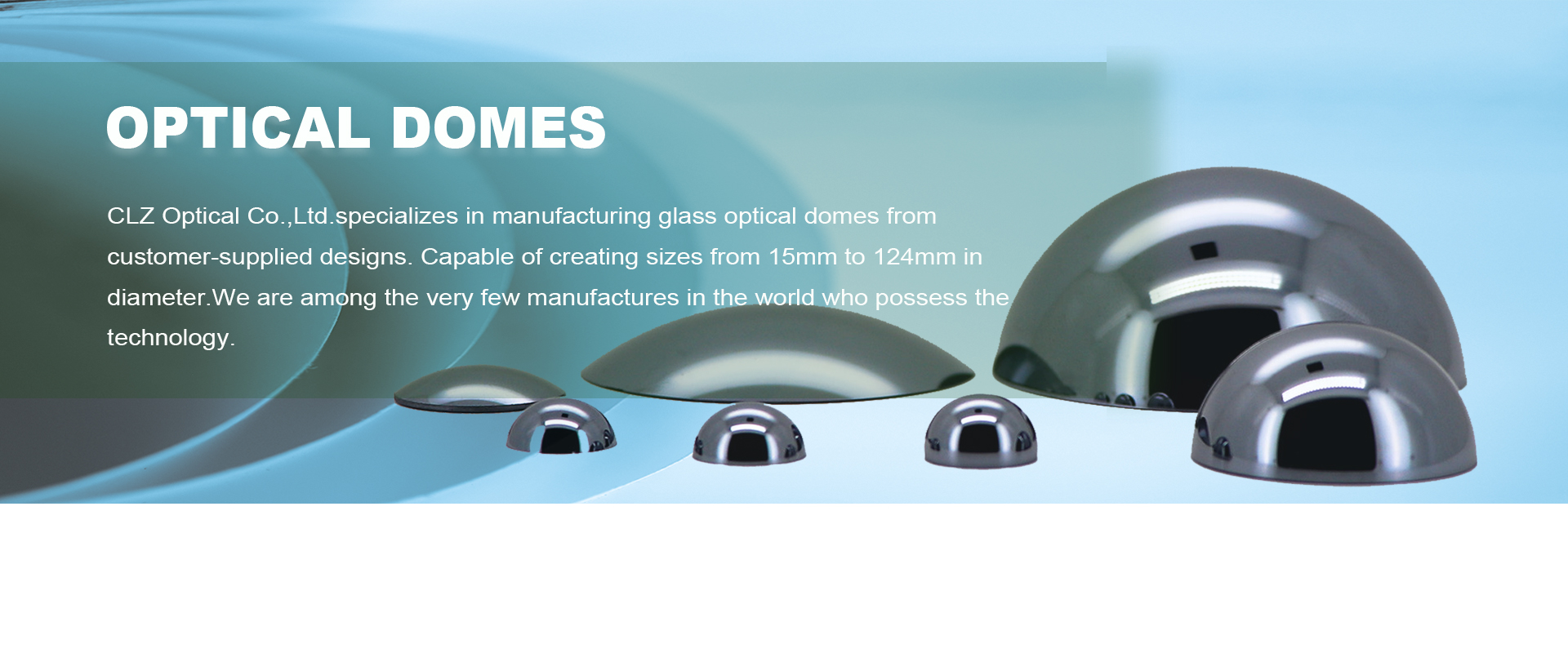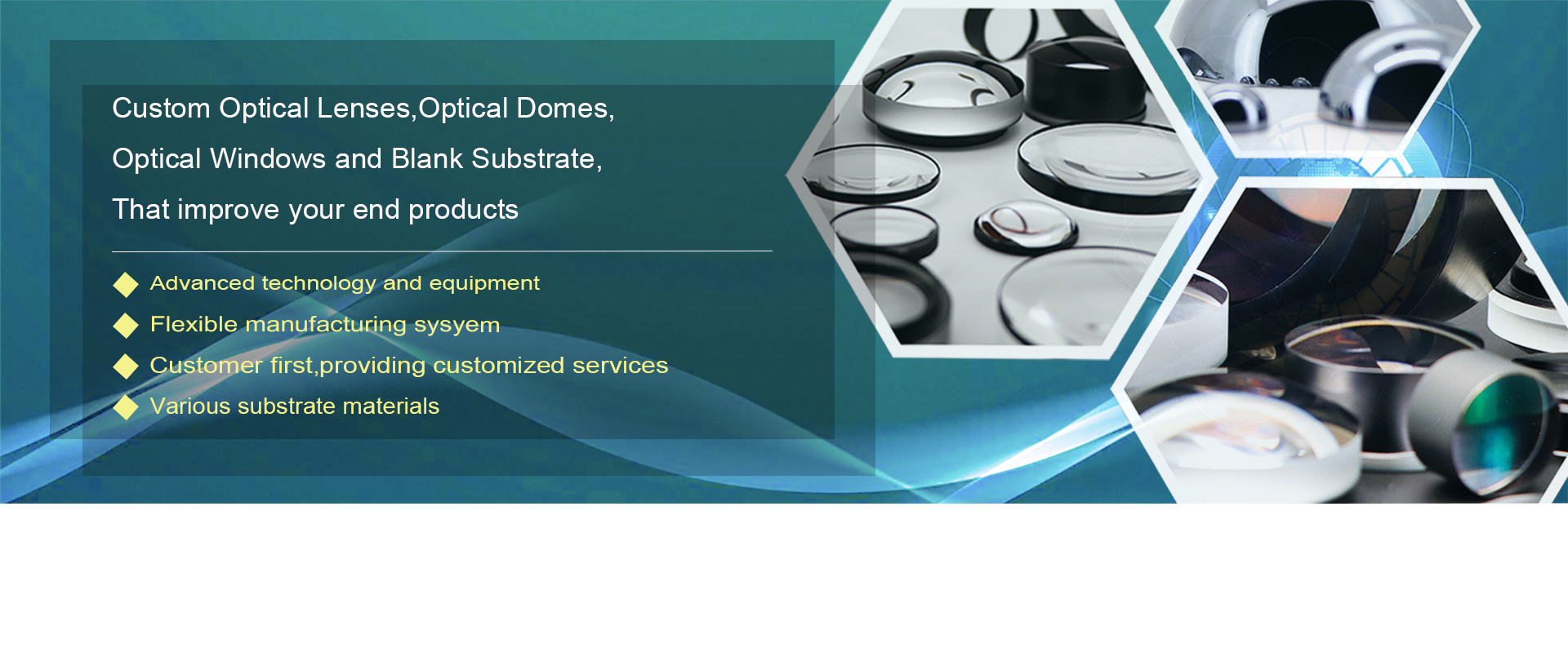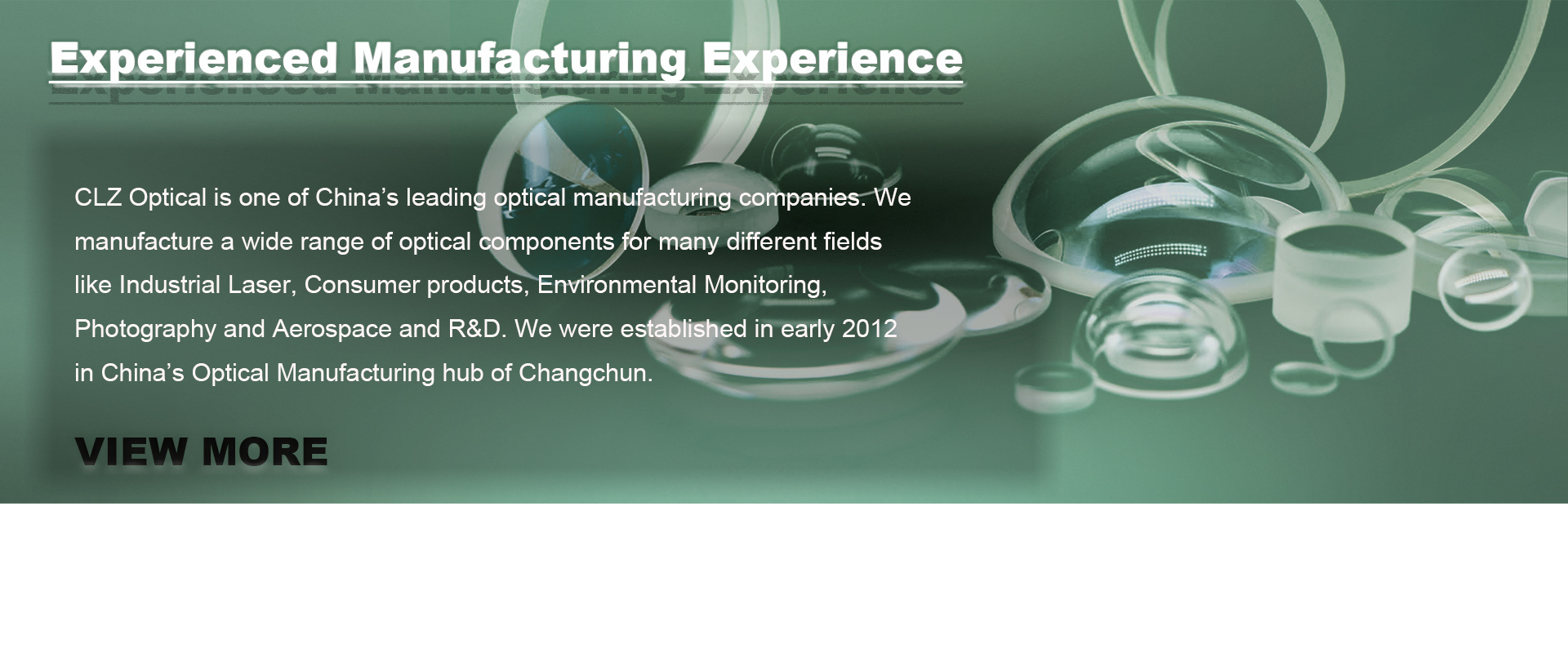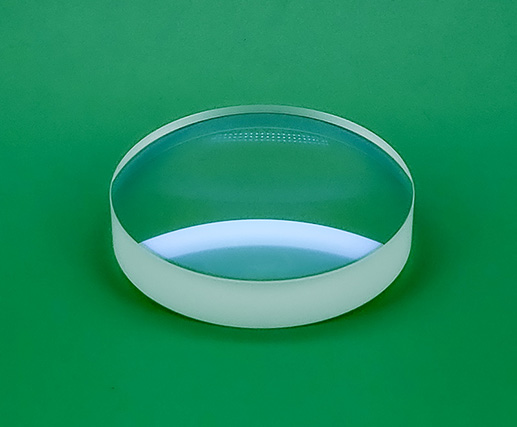Bi-Concave Lenses
◢Bi-concave lenses
Bi-concave lenses have two inward curved surfaces. These lenses have a negative focal length. Bi-Concave lenses are the best choice where object and image are at absolute conjugate ratios closer to 1:1 with converging input beam. The output rays appear to be diverging from a virtual image located on the object side of the lens. The distance from this virtual point to the lens is known as the focal length. Similar to the Plano-Concave lenses, the Bi-concave lenses have negative focal lengths, thereby causing collimated incident light to diverge. Bi-Concave lenses have equal radius of curvature on both side of the lens. They are used to diverge incoming light or increase the focal length of an existing optical system.
◢Difference between concave and convex lenses
1. Structural differences
Convex lenses are composed of two transparent mirrors with spherical surfaces; concave lenses are composed of mirrors with concave surfaces on one side and opaque mirrors on the other side.
2. Different imaging properties
Convex lens is refractive imaging into the image can be positive, inverted; virtual, real; put, shrink. Concave lenses are reflecting images, which can be inverted, reduced or enlarged real image, and can also be orthogonal enlarged virtual image. Diffuse the role of the lens (including convex lenses) is to make the light through the use of light after the folding of the image of the instrument, the light to comply with the law of refraction.
3. The role of light is different
Convex lenses mainly on the role of light convergence concave lenses mainly on the role of light dispersion.
4. Different imaging
Convex lens can become an orthogonal magnification of the virtual image, inverted magnification of the real image, inverted and other real image, inverted reduction of the real image; concave lens can only become an orthogonal reduction of the virtual image.
5. The use of different
Convex lenses for glasses for farsightedness, convex lenses can be used for magnifying glasses, presbyopia and farsighted people wear glasses, cameras, movie projectors, slide projectors, microscopes, telescopes lens.
